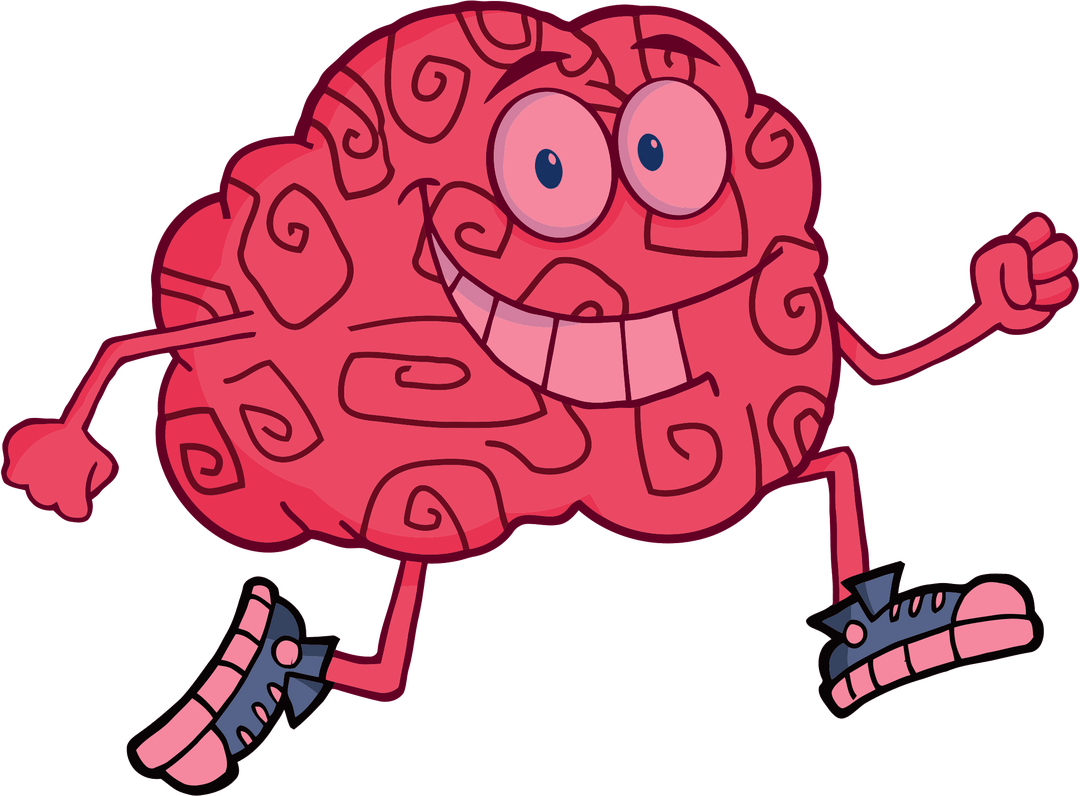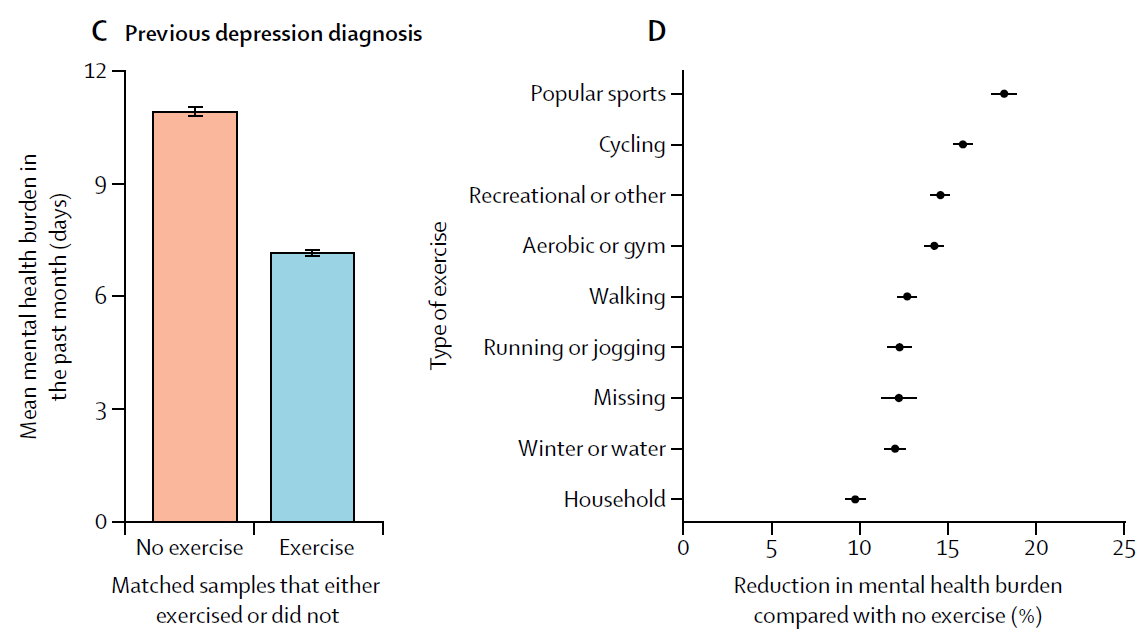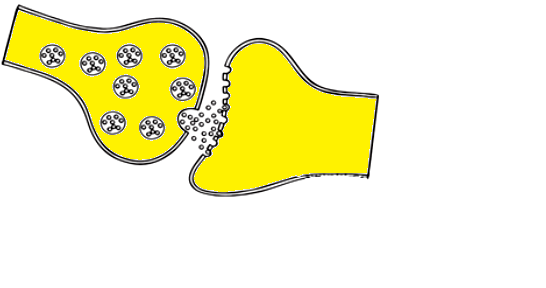#TwitterPoll at the END

MA show⬇️in anxiety & depression with🏃in healthy (-0.38 & -0.50) & cardiac populations (-2.59 & -0.61) Figure: b.link/Chekroud2018; b.link/Rebar2015; b.link/Zheng2019

Let’s get into the nitty-gritty: #physiological & #psychological mechanisms responsible for the #mentalhealth benefits of🏃♀️
(1) Aerobic exercise⬆️release & function of neurotransmitters/neurotrophins:

b.link/Gourgouvelis20…; b.link/Hotting2016
b.link/Strohle2006
⬆️serotonin availability &⬆️release of norepinephrine & dopamine
#bloodpressure response to a stressor is⬇️if preceded by an exercise bout (ES -0.40). State anxiety⬇️for 2-24h after exercising🧘♀️
This is why you should🏃before your exam!
b.link/RaglinMorgan19…; b.link/Hamer2006
b.link/Rimmele2009; b.link/DeVries1981
The repeated exposure to a new environment (sweat, heavy breathing🚴) not leading to bad outcomes:⬇️anxiety when encountering other unfamiliar situations
High-intensity🏃♀️⬆️negative affect more than low-intensity during but NOT after🏃♀️. This change may coincide with⬆️self-efficacy b.link/Reed2006
b.link/Harvey2018; b.link/stephens1988
Check: b.link/Vidal2020
If you provide care to patients, do you routinely recommend exercise🚴♀️🏃🚶♂️as a primary treatment for your patients with high levels of anxiety or depression? Why? (Please🙏share comments/successful stories/concerns)
If you liked the #tweetorial ➡️follow twitter.com/sol_vidalalmela for more!
Please unroll @threadreaderapp


